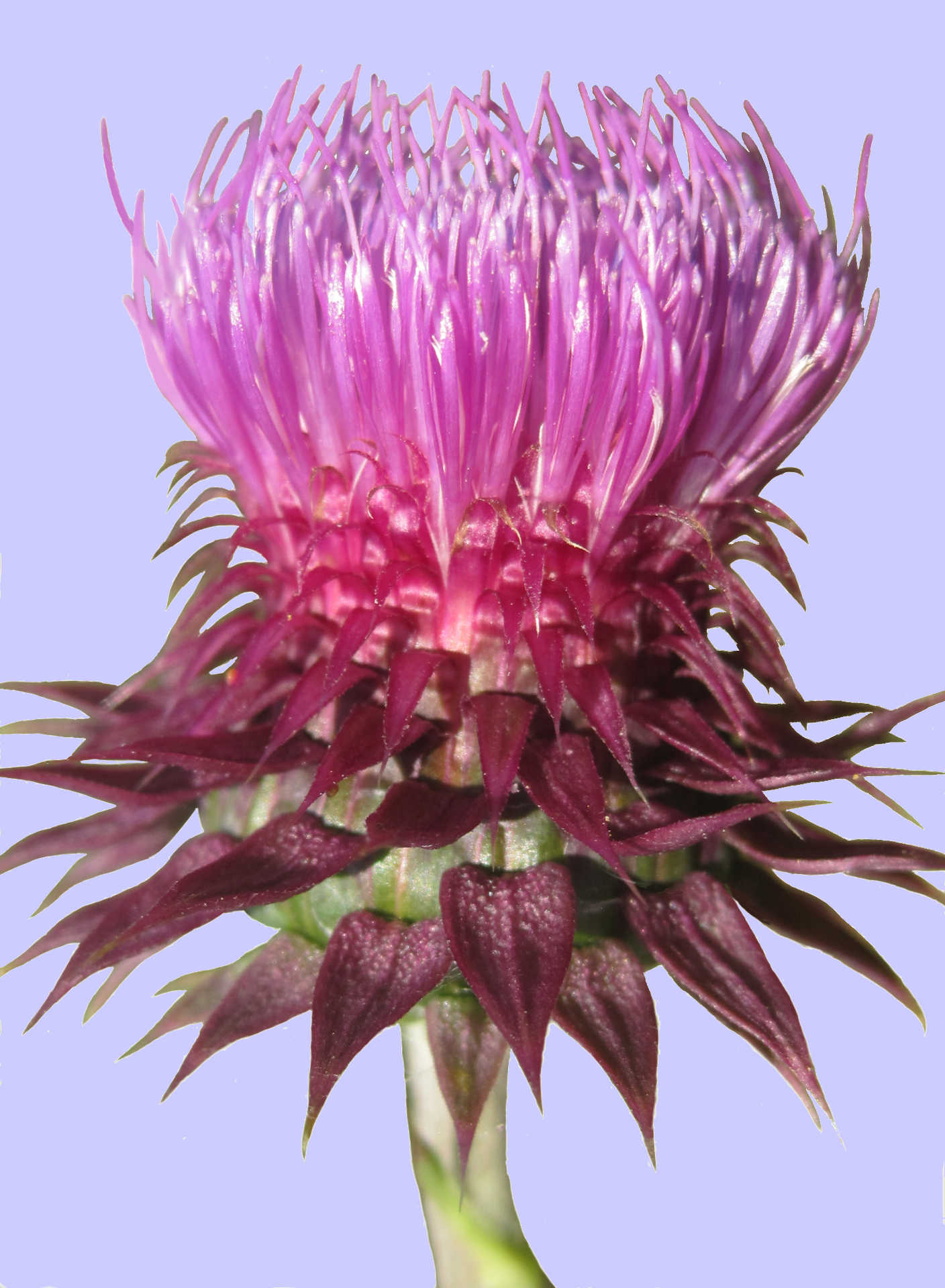|
|
|
All our soaps are handmade from scratch,
never from a base and contain no detergents or artificial lathering agents.
Just soap as it used to be made.
It is made with a blend of vegetable oils to give the best balance of a
gentle cleanser and rich lather that we could get from a bar of soap.
Due its handcrafted nature, every bar of soap will have its own
unique appearance, which may vary slightly in color, design and shape.
|
Ingredients: olive oil, coconut oil, babassu oil, sunflower oil,
rice bran oil, castor oil, palm kernel oil, our own beeswax and fragrance.
Each bar is hand cut, weight approx. 4-5 oz.
To make sure your handcrafted soap lasts as long as possible, it's best to follow these tips:
- Don't let your soap sit in water, or sit in the direct shower stream
- Buy a soap saver, soap dish, or remove from shower
- Let soap completely dry between uses
Please visit our Etsy Store if you want to purchase
some of our soaps. We're always updating our selection of soaps available for purchase, so please check on etsy for our current list.
|

|







Magic Behind Soap
"Real" Soap
Strong Soap
Anti-Bacterial Myth
How Soap Works
| |
Soap’s primary function is to wash away oils and grease. Salts and sugars and other forms of dirt that do not contain oil dissolve in water and are easily washed off your skin without the use of soap. But, as we all know, oil does not wash away in plain water. Soap dissolves oil because it is comprised of surfactants.
So to understand how soap works, it is important to understand the function of surfactants. Think about the way the polarization of magnets make them attract or repel each other. The molecules in some substances, such as salt for example, have the same polarization structure as water molecules so the two are attracted. They easily mix together and the salt dissolves. Thus when water meets salt, the salt mixes with the water and can be washed away. Oil, on the other hand, has the opposite polarization structure of water and the two of them repel each other. A surfactant is a molecule that attracts both water and oil. This allows the water molecules to surround tiny droplets of oil which are then washed away.
True soap is a combination of water, oil, and lye. Through a chemical process called saponification these three ingredients form an entirely new substance. That substance is a surfactant. All true soap is comprised of surfactants and a lovely byproduct of saponification called glycerin that softens and moisturizes your skin (reference).
|
|
Commercial “Soap“ vs Handcrafted Soap
| |
Surfactants can be synthetically made. These are called detergents.
They have names such as sodium lauryl sulfate and sodium lauroyl sarcosinate.
Up until quite recently, soap sold in stores actually was soap.
Now, manufacturers commonly make synthetic detergents bars and market them as if they were soap.
They refer to these products as bath bars, beauty bars or cleansing bars.
The next time you walk down the soap aisle in a store, see how many products still have “soap” in their name.
And, as if that weren’t enough, manufacturers also found a way to remove glycerin from soap because glycerin brings a greater profit when sold separately (reference).
|
|
Harsh Soap
| |
When people refer to “harsh soap”, they frequently think the soap has lye in it and it will burn off their skin,
leaving a zombie-like being. This is not true.
Soap has absolutely no lye left after the saponification process.
When made correctly, soap is in the pH range of baking soda.
Baking soda will not burn your skin off.
Soaps can be made with varying degrees of cleansing strength.
A soap with a higher cleansing strength just has more surfactants per volume of soap, not a higher pH.
More surfactants in the soap mean more opportunity for the soap to bind with water and oil to remove it from your skin.
When soap has a high cleansing strength, it will be very good at removing oils from your skin.
Soap is not selective; it removes all oils.
This includes oils that you may have spilled on your skin as well as your body’s natural oils.
When a soap has a high cleansing value, some people may find it “stripping”, as it will strip your skin of all it oils.
Depending on your skin type, a soap with a high cleansing value can be viewed as harsh.
|
|
Anti-Bacterial Myth
| |
There are many products out there that market healthier living by killing germs through their products.
These germ-killing products usually involve a liquid gel that includes alcohol or a detergent mixed with triclosan.
There have been several studies that show that regular soap is just as effective at eliminating bacteria as these other products (reference).
In addition, studies have increasingly linked triclosan
(and its chemical cousin triclocarban),
to a range of adverse health and environmental effects from skin irritation, endocrine disruption, bacterial and compounded antibiotic resistance,
to the contamination of water and its negative impact on fragile aquatic ecosystems (reference).
In the end, anti-baterial soap is not better for your health, is not better for the environment
and is not better at cleaning your skin. Good old fashioned soap with old fashioned water,
scrubbed for 20 seconds is just as effective.
|
|
|
|